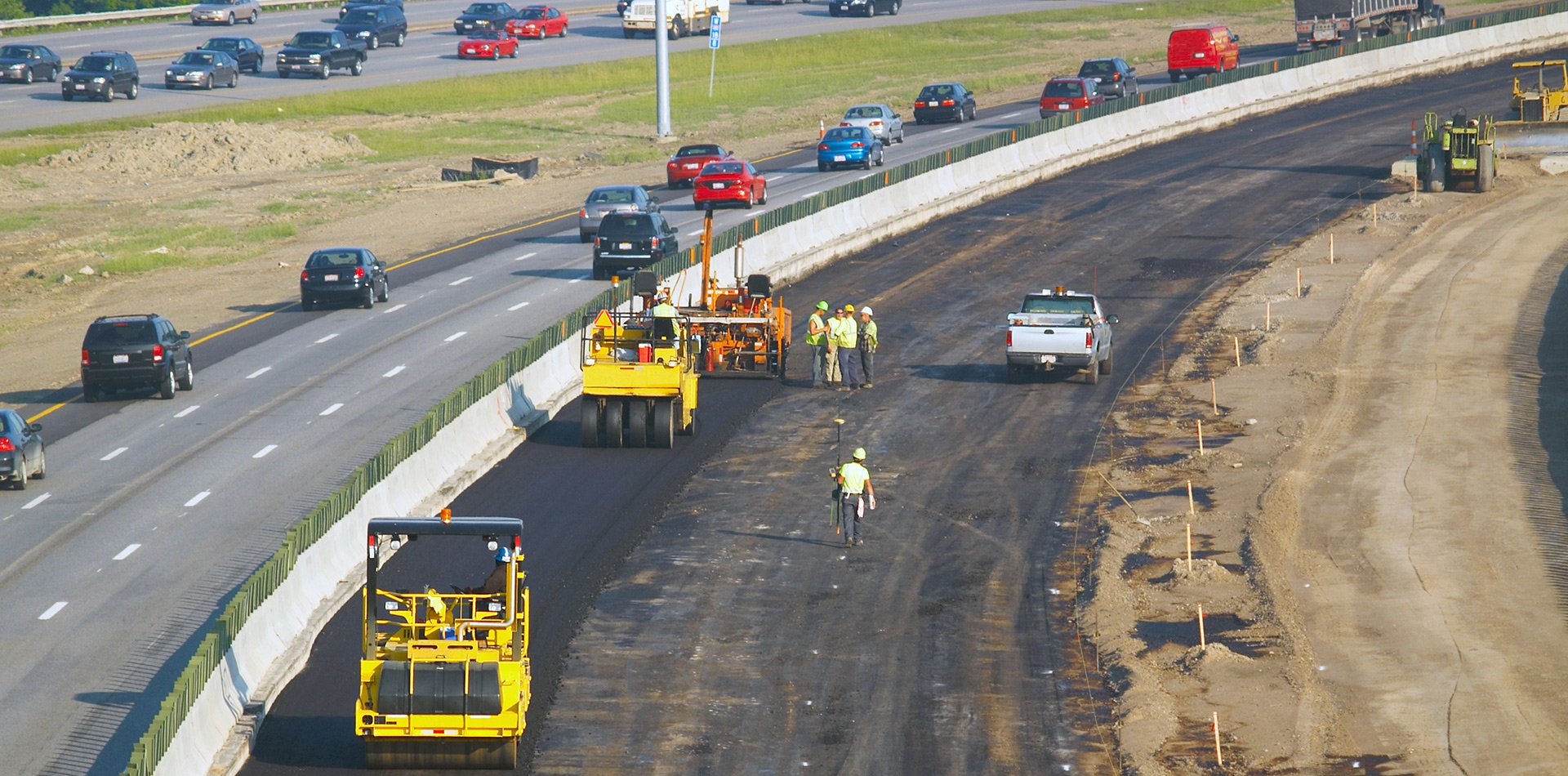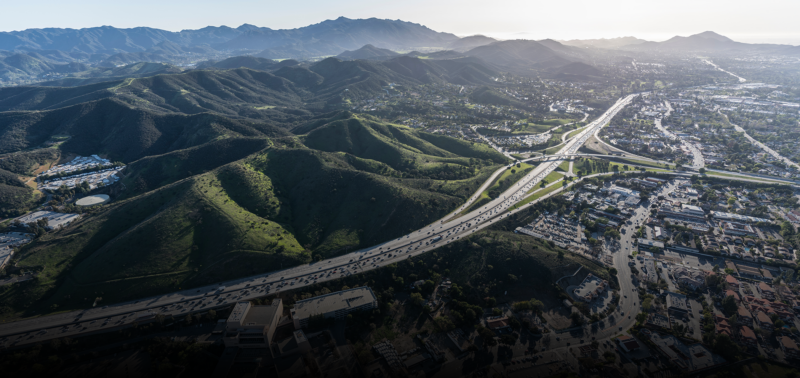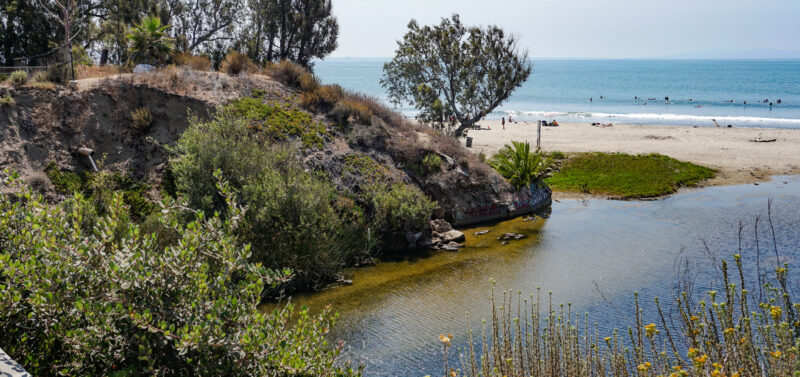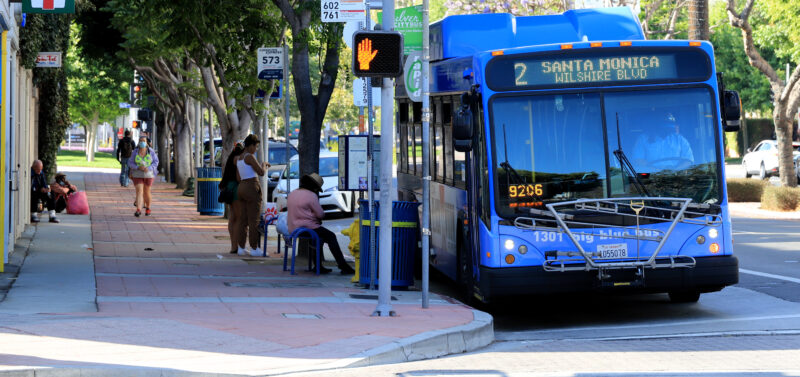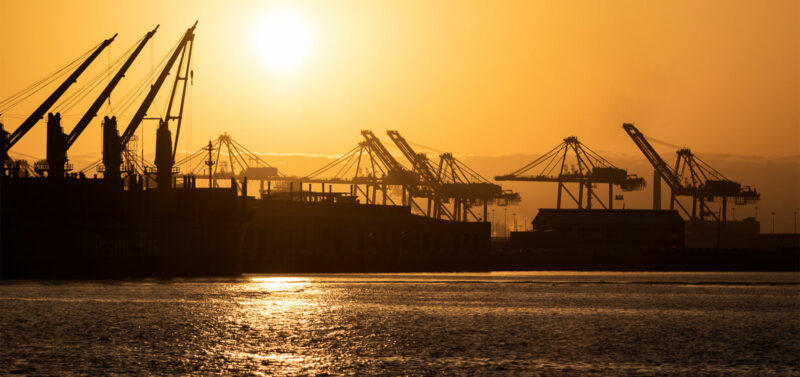On April 4, 2024, the Southern California Association of Governments (SCAG) Regional Council adopted the...

Old Tampa Bay Water Quality Improvements
Since the construction of the Courtney Campbell Causeway in the 1930s, water quality problems and seagrass losses have persisted in the northeastern portion of Old Tampa Bay requiring an innovative approach to restoring the bay while keeping the roadway in service.
Why does this project matter?
Seagrass meadows, like those found in Tampa Bay, provide a number of positive ecosystem effects, including improved water quality and essential fish habitat. The Florida Department of Transportation (FDOT) recognized the need to turn the fate of Old Tampa Bay around and restore the water quality to salinity levels from the 1930s by designing a 200-foot wide bridge to replace the causeway.
What is ESA doing to help?
A more traditional approach to permitting would not have identified or addressed the actual problem with the ecology and water quality of this portion of Old Tampa Bay. Through field work and testing of hypotheses, ESA identified a cost-effective approach.
Aerial photographs in the portion of Old Tampa Bay affected by the causeway revealed that impacts were mostly restricted to areas that had lost their historical tidal connections to the bay’s open waters. These findings suggested that the construction of the causeway changed the environment so that seagrass could not grow in that area, even while adjacent waters supported extensive meadows of these underwater plants. Initial field studies confirmed the hypothesis that the causeway had resulted in abnormally low and highly variable salinities.
The preliminary study concluded that modifying the causeway to allow for the restoration of lost historical tidal influences in northeastern Old Tampa Bay would likely result in a greater ecological response than by treating stormwater runoff with traditional treatment systems. The proposed project was also consistent with regulatory language that allows for alternative methods to address water quality issues, as long as the benefit would be equivalent or greater than traditional stormwater treatment systems.
Six years after the initial study, FDOT designed, permitted, and completed the construction of a bridge underneath that portion of the causeway. Water circulation patterns have improved to a level that is not only meeting regulatory thresholds, but is also noticeable to the public.
Connect with our team
"ESA identified, designed, and secured permitting for an innovative environmental solution that saved tens of millions of dollars over more traditional approaches."
Details
Client Florida Department of Transportation (FDOT)
Location Tampa Bay, FL
Services
Agency Consultation & Coordination
Biological Resources
Coastal Restoration
Coastal Zone Engineering & Management
Environmental Permitting & Compliance
Geospatial
National Environmental Policy Act (NEPA)
Restoration
Water Quality
Notable
2019 Natural Environment Future of the Region Award, Tampa Bay Regional Planning Council
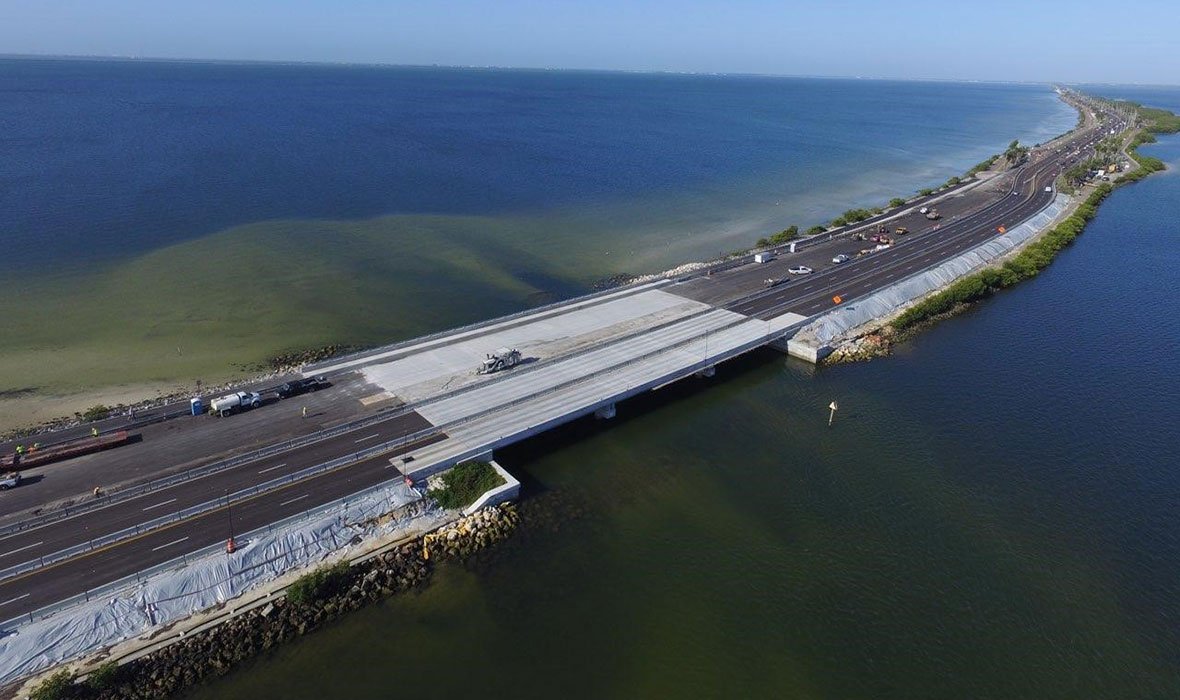
Similar Projects
News & Ideas
On February 12, the Draft Environmental Impact Report (DEIR) was released for the Topanga Lagoon...
The internet has grown increasingly essential to many aspects of our daily lives—we rely on...
From the continued IIJA and IRA funding opportunities, to increased efforts to build infrastructure resilience,...
Since the beginning of the interstate highway system in the late 1950s, transportation facilities were...
With around 90 percent of global consumer goods being shipped by sea, shipping is undoubtedly...

